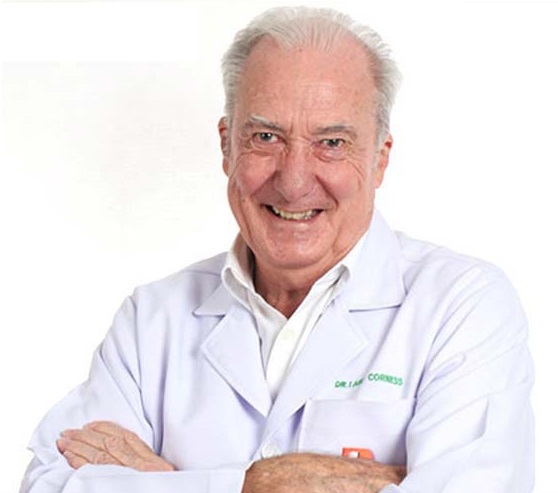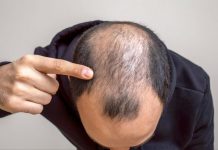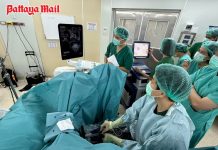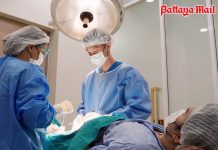 We are in “Pinktober”, a breast cancer awareness program charity drive to assist the poor under the care of the Thanyarak Foundation (under the patronage of the late Princess Mother Sri Nagarindra). Unfortunately, we are still looking for a cure for many cancers, but the research is continuing.
We are in “Pinktober”, a breast cancer awareness program charity drive to assist the poor under the care of the Thanyarak Foundation (under the patronage of the late Princess Mother Sri Nagarindra). Unfortunately, we are still looking for a cure for many cancers, but the research is continuing.
In the meantime, early detection does give the cancer sufferer a much better survival rate than otherwise. In the UK they have actually been studying early detection with the National Cancer Director Professor Mike Richards indicating that work is well underway to catch more cancer cases earlier and improve the longer-term treatment for cancer survivors.
Professor Richards said, “Cancer treatment in Britain has improved vastly in recent years and we are now beginning to see the impact on our survival rates.”
There is conflicting evidence as to the efficacy of Breast Self-Examination (BSE), but if it provides a chance of early detection, then as far as I am concerned, it is worth it. The process of looking is called breast screening, but is still a subject that seems to be controversial, though honestly, I do not know why. The sensationalist press feeds on fear, and by instilling fear into women about breast cancer will always sell a few more papers. Last decade, one of the international news magazines had a front cover story on breast cancer screening, with the inference being that it was probably all a waste of time. Despite mammograms and suchlike, there were cases that escaped detection until it was too late and other such negative predictions. Was it all then a waste of resources and money?
Ladies, let me assure you that it is none of those. Unfortunately, the cancer detection story is one that suffers from a problem which can be associated with an inexact science. Since we can put men on the moon, clone sheep (and even rabbits in Chonburi, apparently) and other incredible facts, we should then be able to diagnose human conditions with pin-point accuracy. Unfortunately, wrong! We’re getting better at it, but we’re not there yet.
Diagnosis and detection are “real time” arts, not sciences, even though we would like them to be. Sure, we use “science” as a tool, but that is all it is. A tool to help us see the problem. Just like we can use a telescope to see things at a distance – even if we can’t see the object, that doesn’t mean to say it wasn’t there.
There has been a bit of that thinking with mammograms of late. A lady has three clear annual mammograms and then finds she has advanced breast cancer during year number four. Was the testing useless?
Again, I ask you to look at the “real time” situation. So today cancer was found. When did it “start” to grow? This week, this month, this year? The answer depends upon the type of the cancer. Some fast-growing cancers would be impossible to pick up, even if the person had monthly mammograms. The slow growing variety can be picked up years ahead. Unfortunately, mammography cannot be a 100 percent indicator – we are not that good – yet. But it is still one of the best diagnostic procedures we have. And it is better than nothing.
Likewise, Breast Self-Examination (BSE) has its detractors as well as its proponents. Sure, a lot depends upon how well the woman carries out this self-testing, but again, surely it is better to look than to carry on in blissful ignorance?
Breast cancer is like all cancers – the sooner you find it, the sooner you can deal with it and the earlier treatment is administered, the better the outcome. Studies from the American National Cancer Institute show that 96 percent of women whose breast cancer is detected early are still alive five or more years after treatment. That’s not all doom and gloom, is it?
 |
 |
 |





